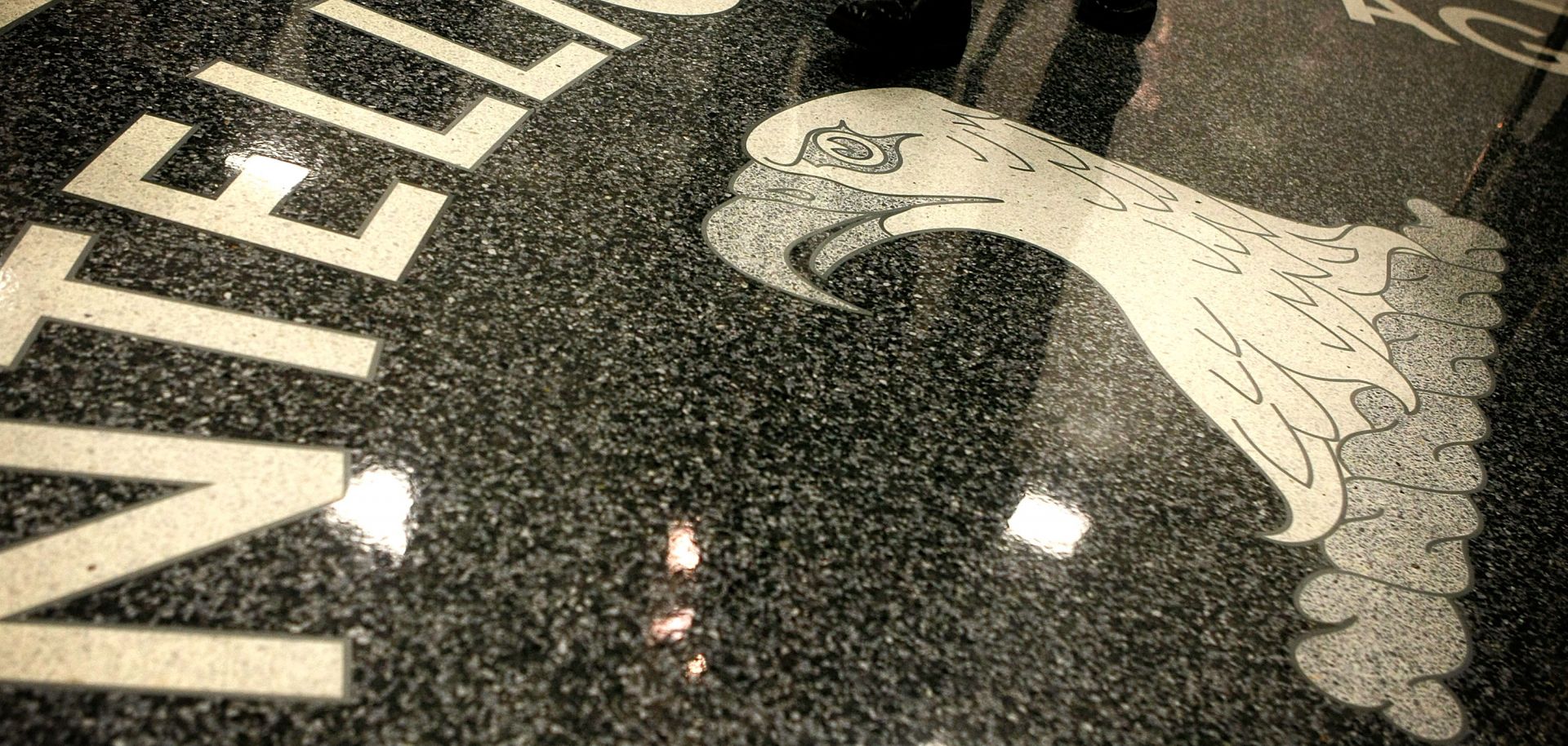At first glance, the intelligence failures of 9/11 and Iraqi WMDs appear to have little in common. The 9/11 Commission Report criticized the intelligence community for failing to share information among agencies, concluding that the lack of communication materially contributed to the wider failure to "connect the dots" -- that is, to anticipate the attack and thwart it. "With each agency holding one or two pieces of the puzzle, none could see the whole picture." The Iraq WMD failure presented a different problem. It wasn't so much that analysts were unaware of what their counterparts in other agencies were thinking; it was rather that, with some exceptions, all of the analysts were thinking the same thing. Information that was inconsistent with the widely held thesis was discarded or, tellingly, reclassified as the result of Iraqi deception. Put simply, analysts enthusiastically connected dots that had little to do with one another...


